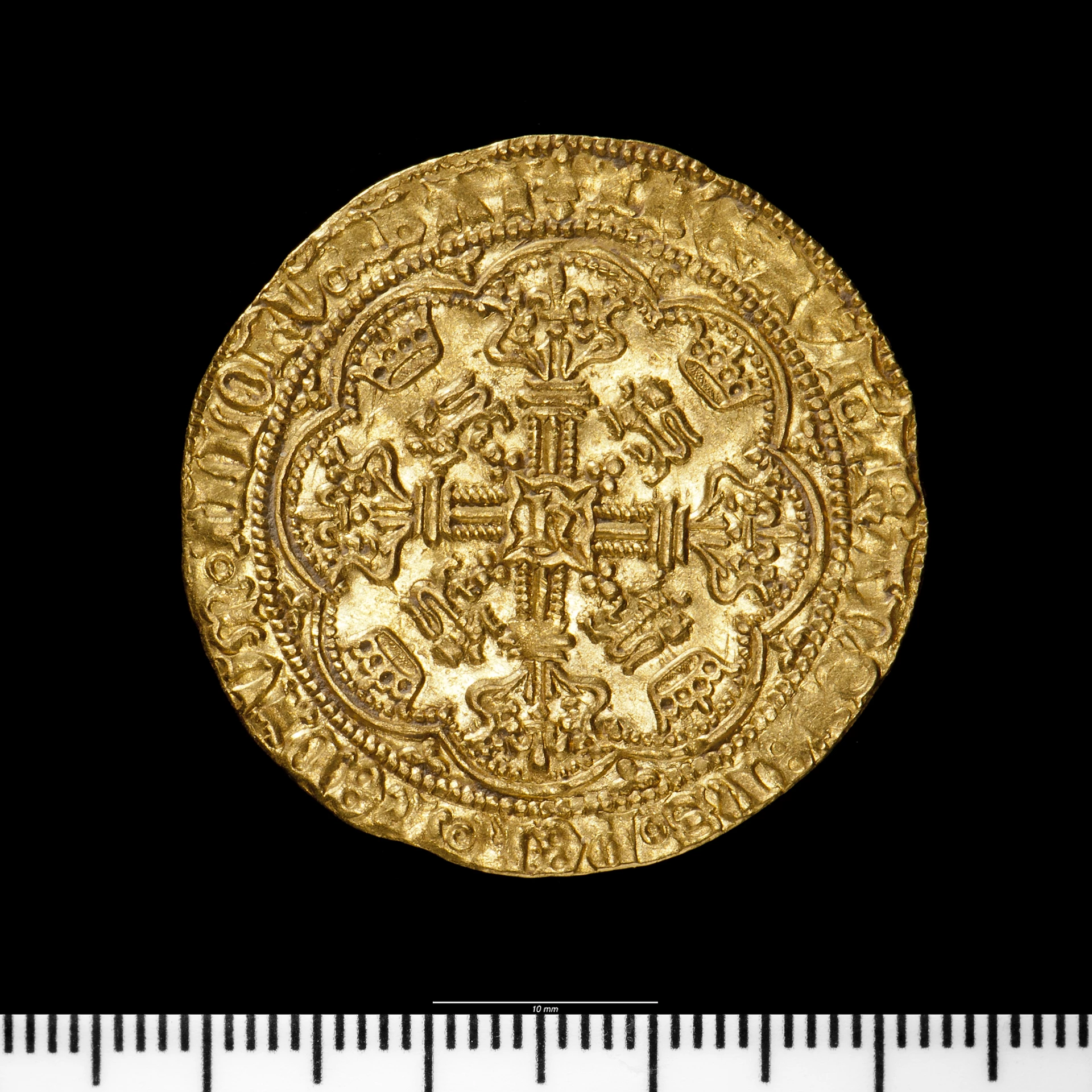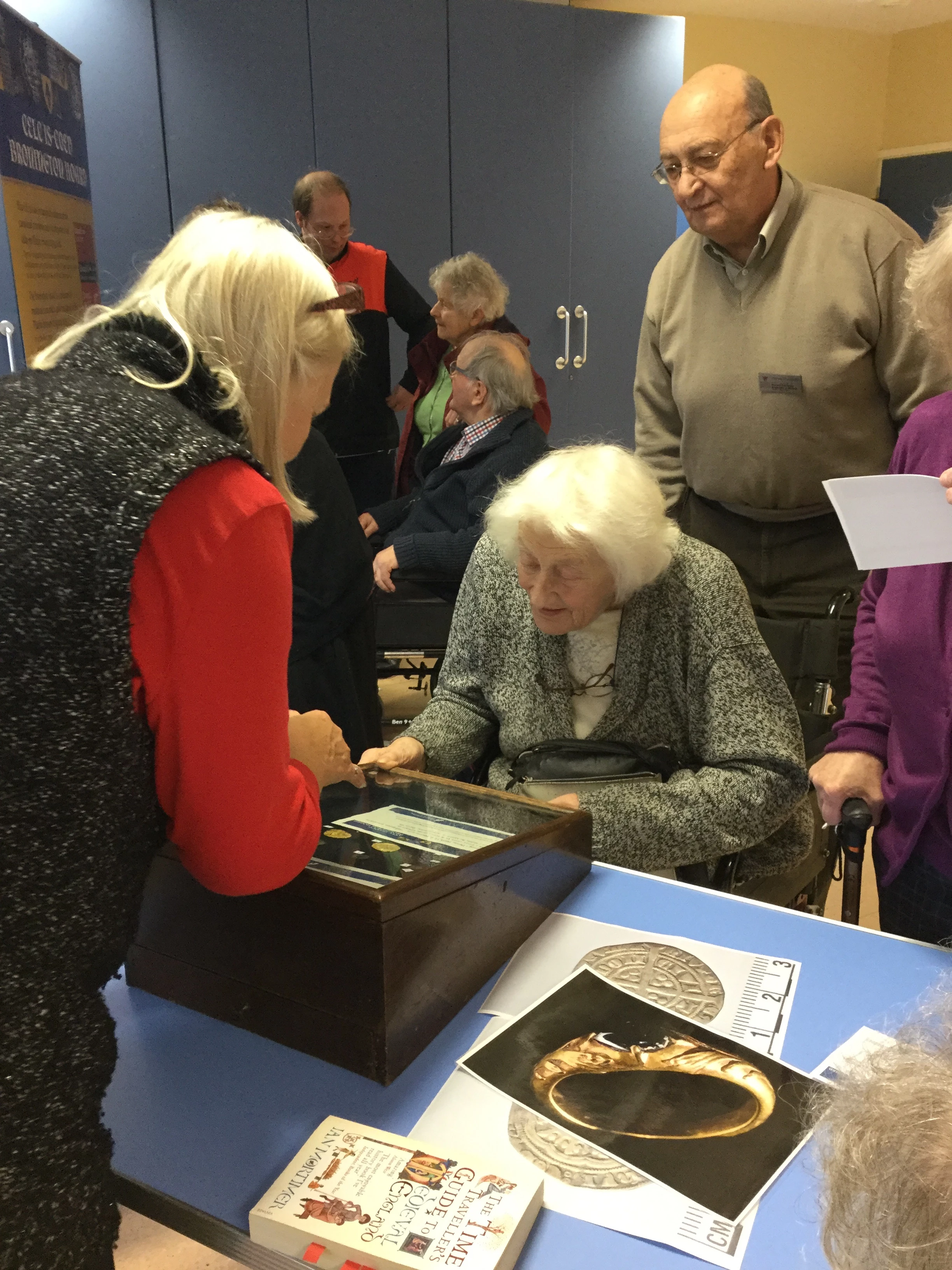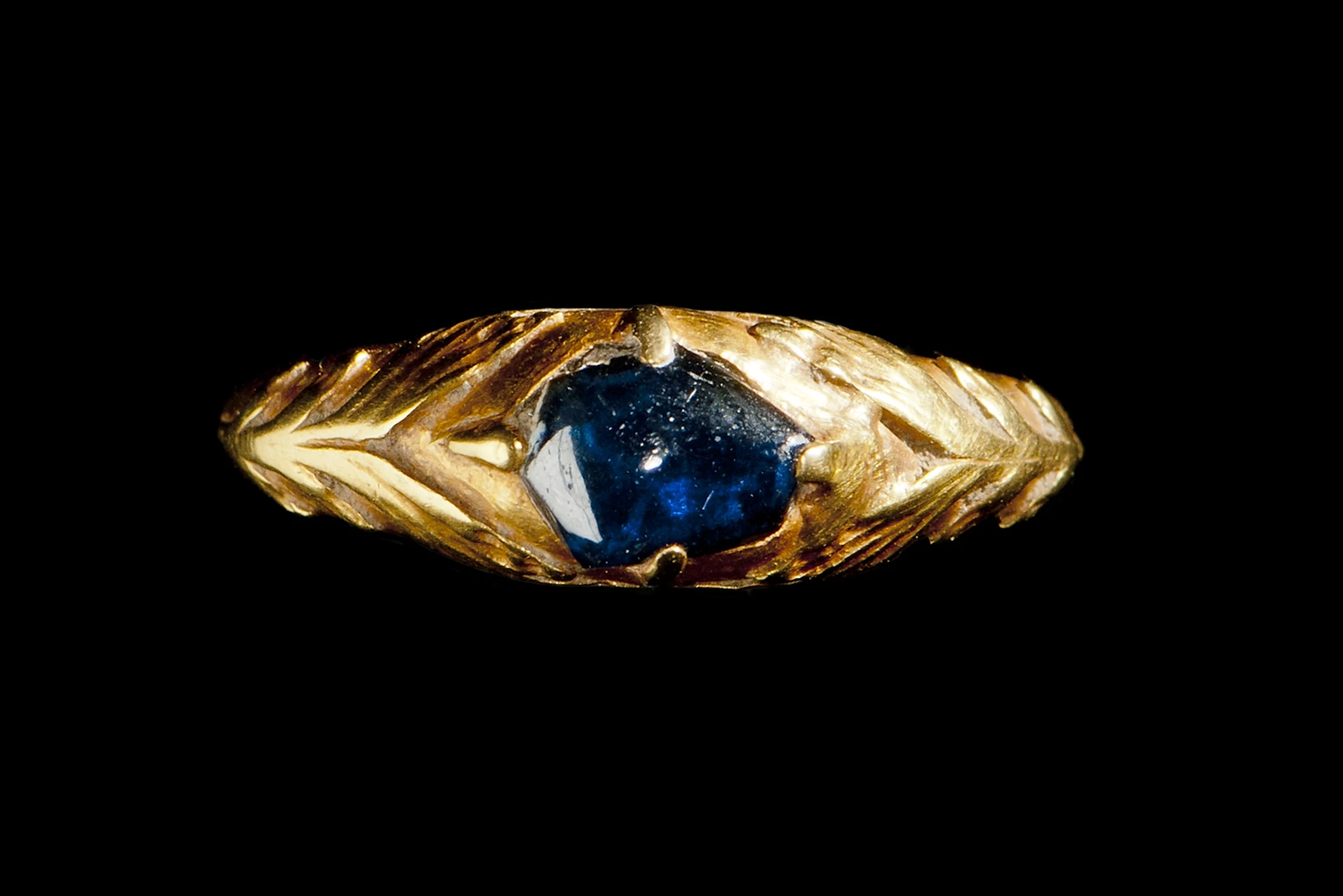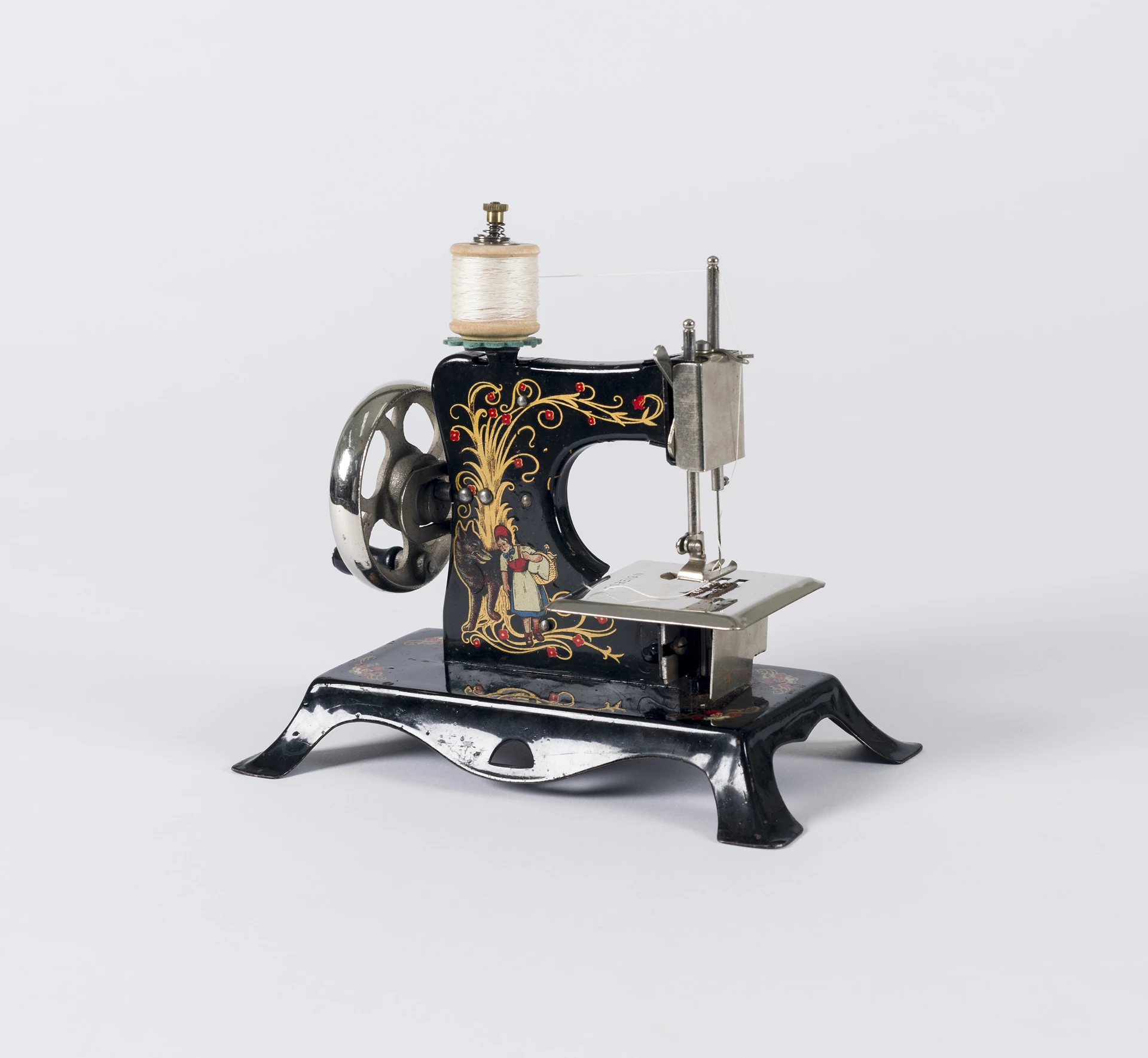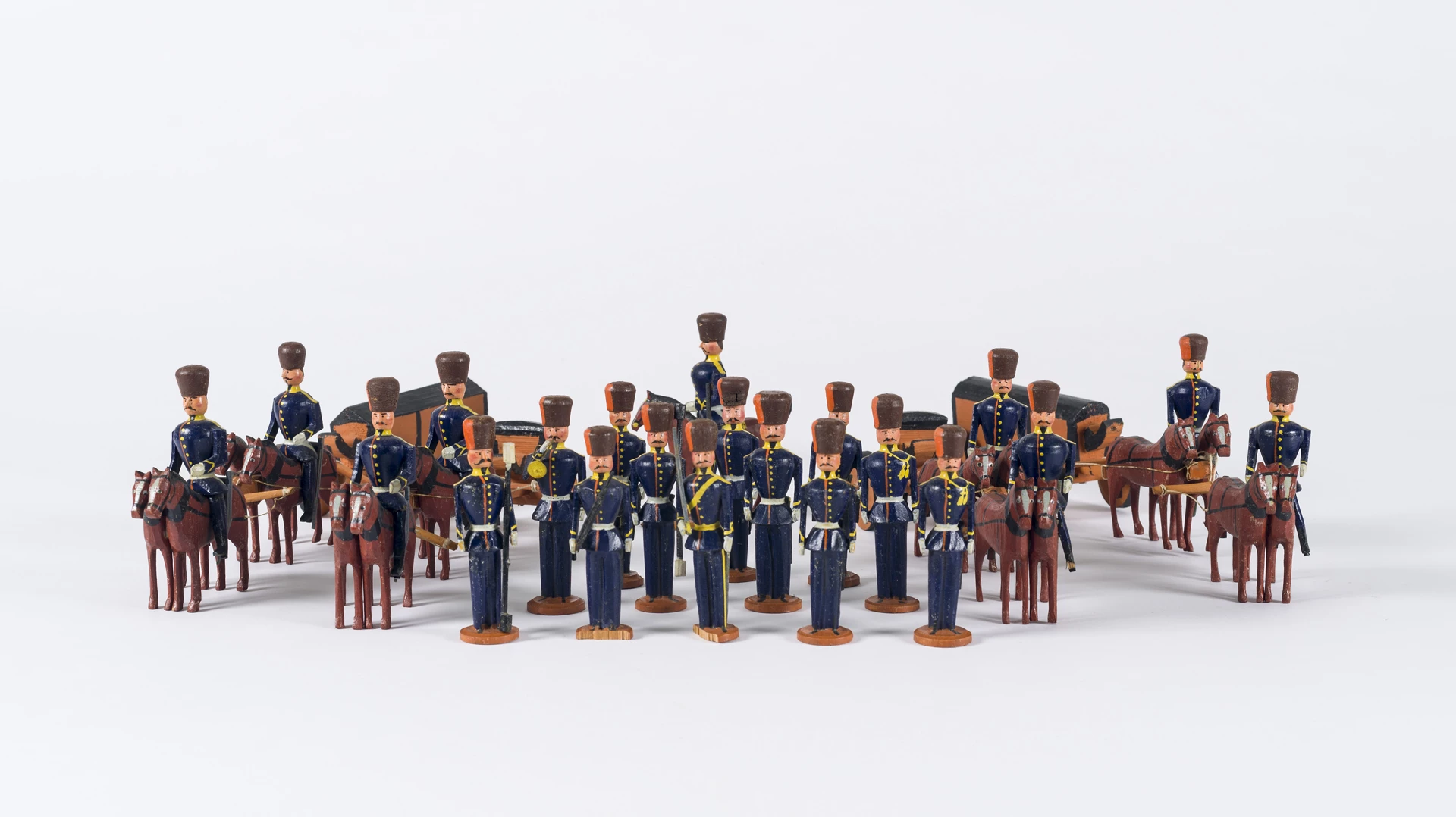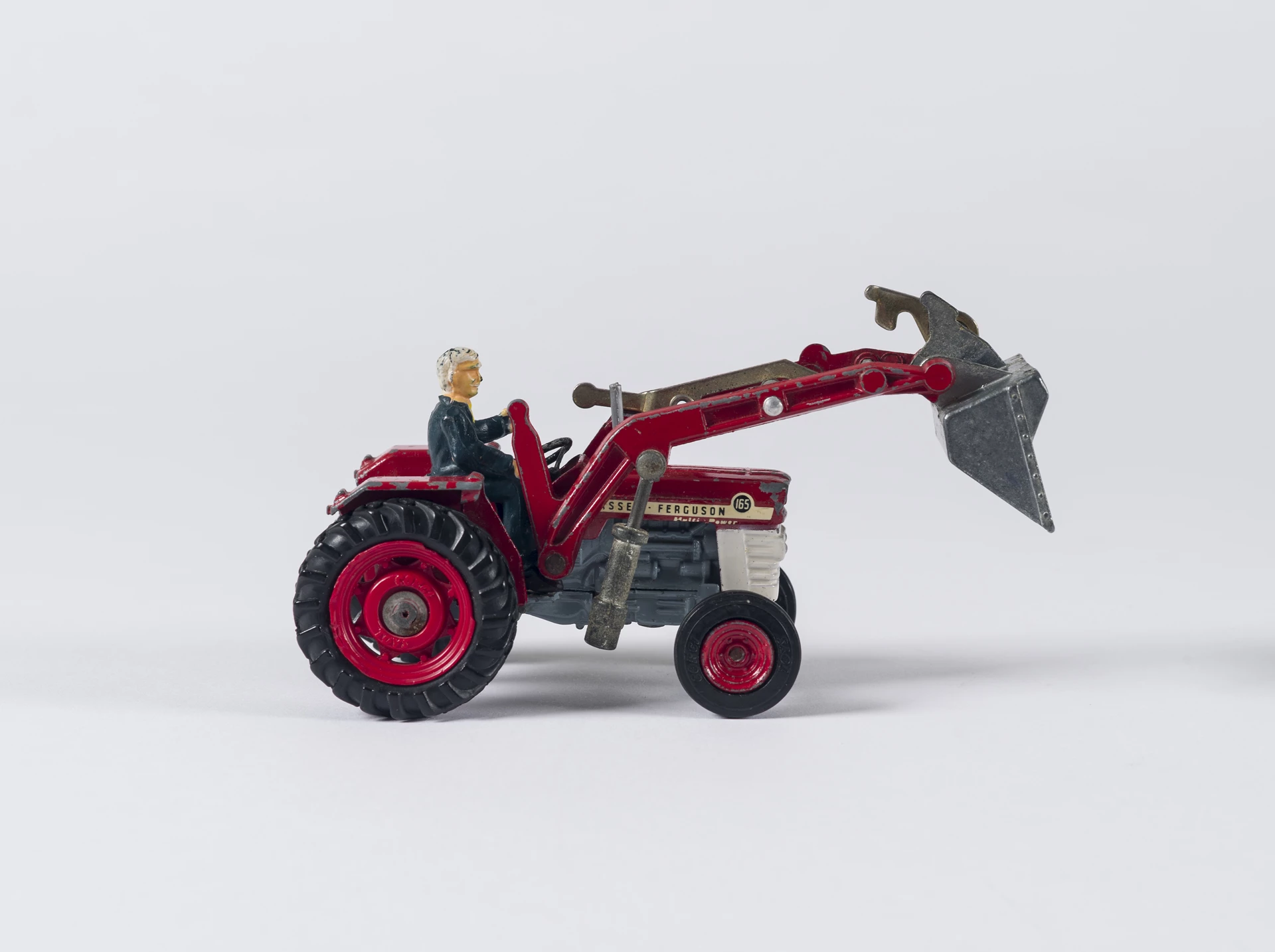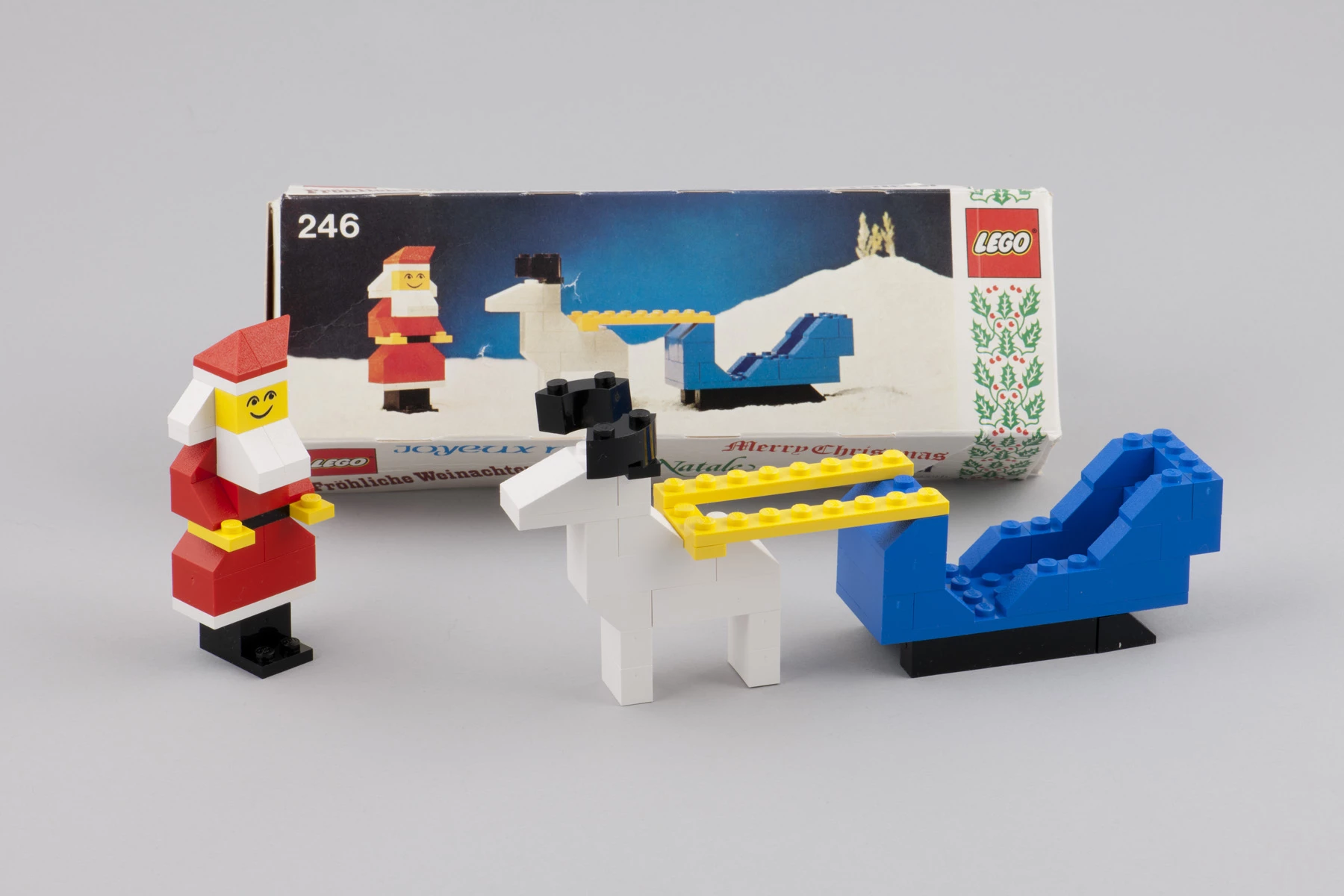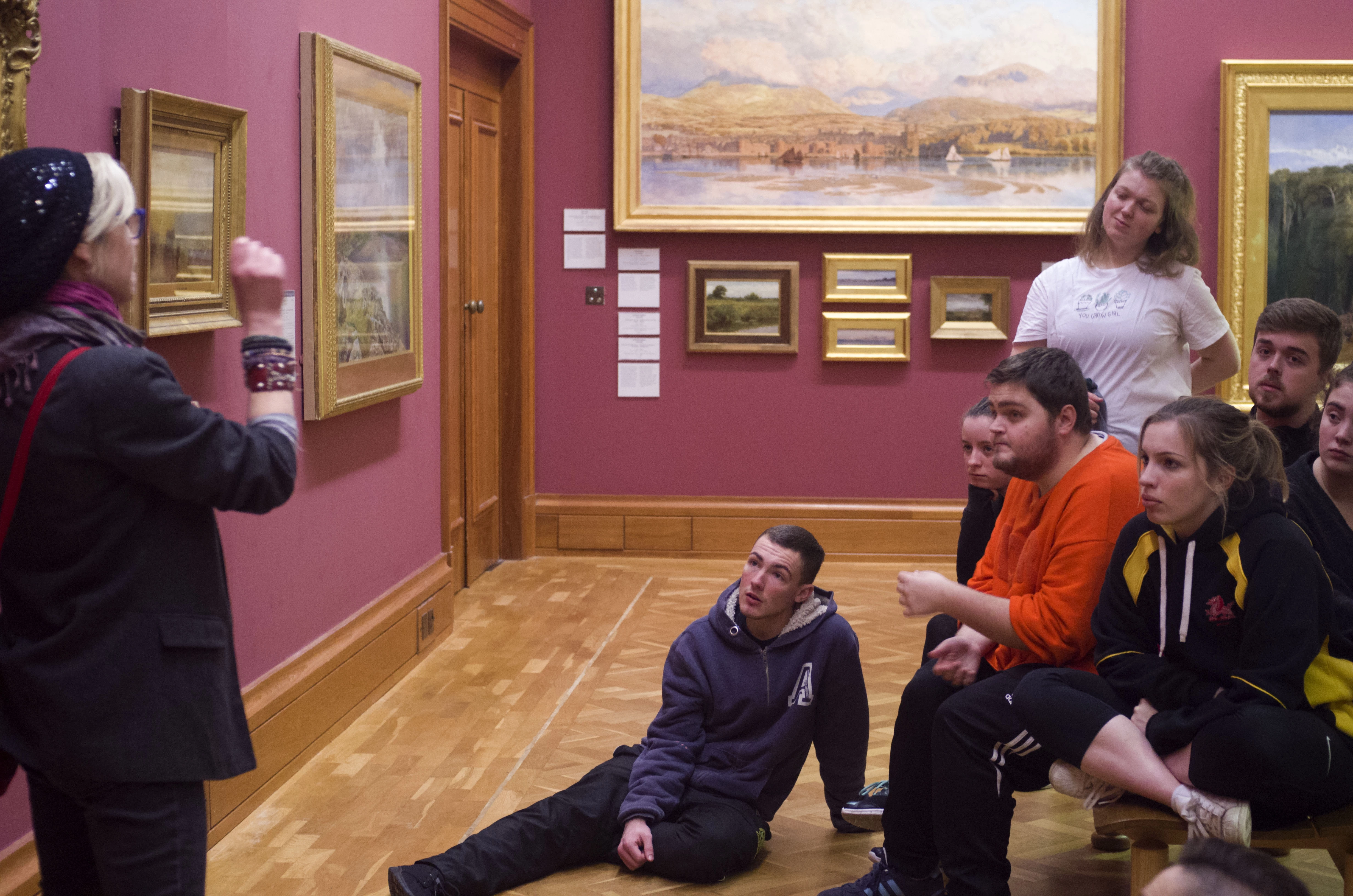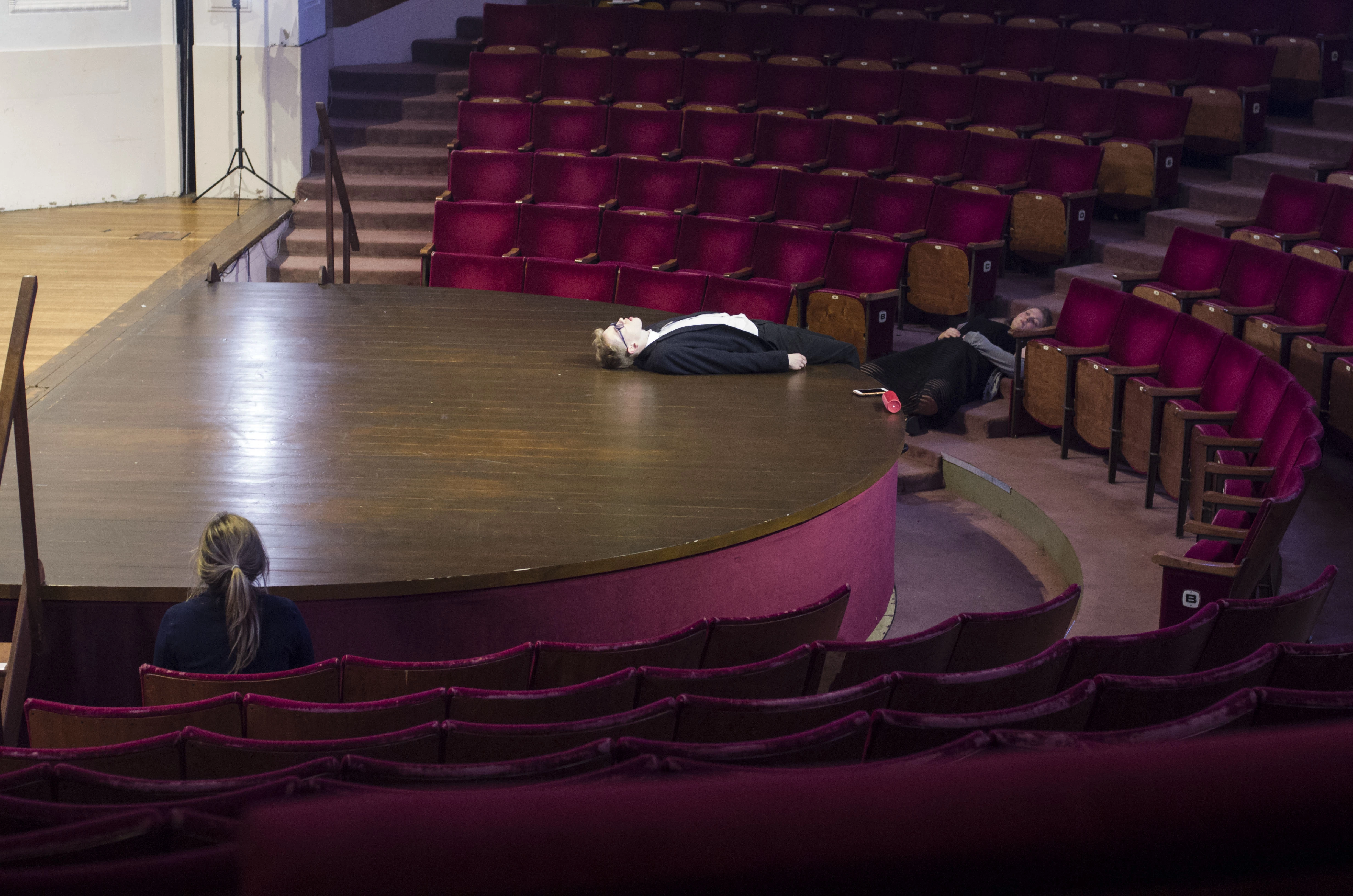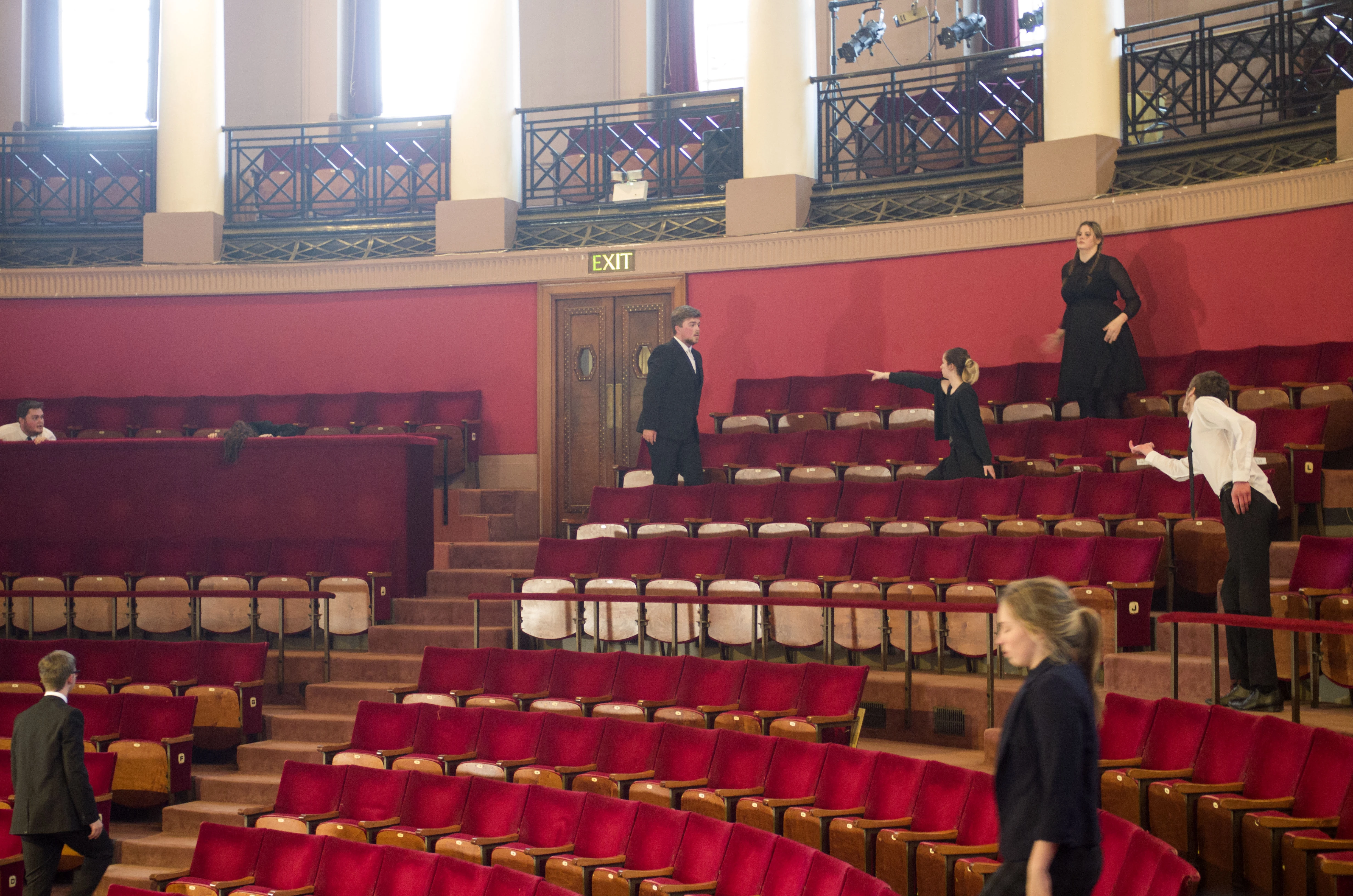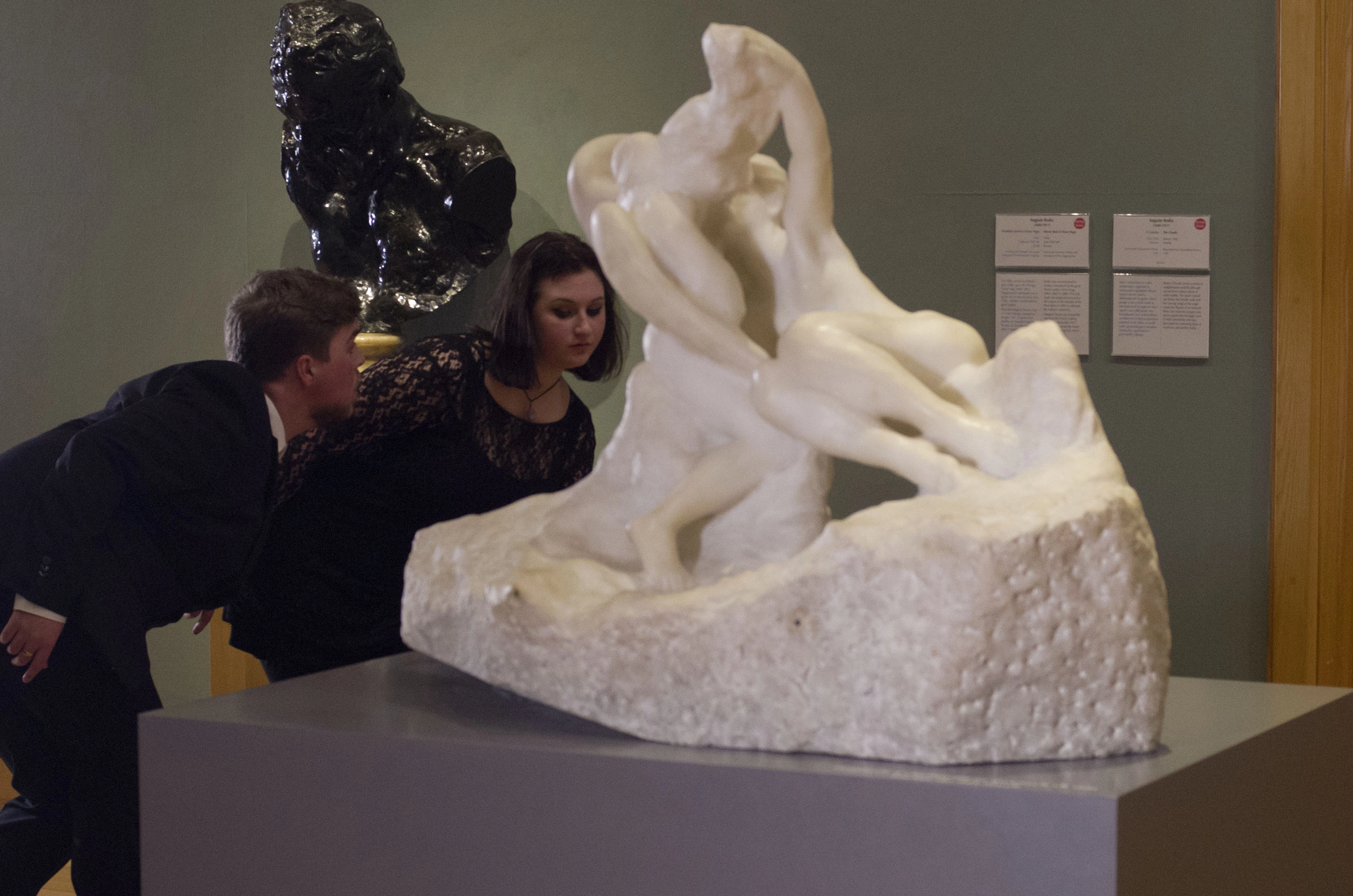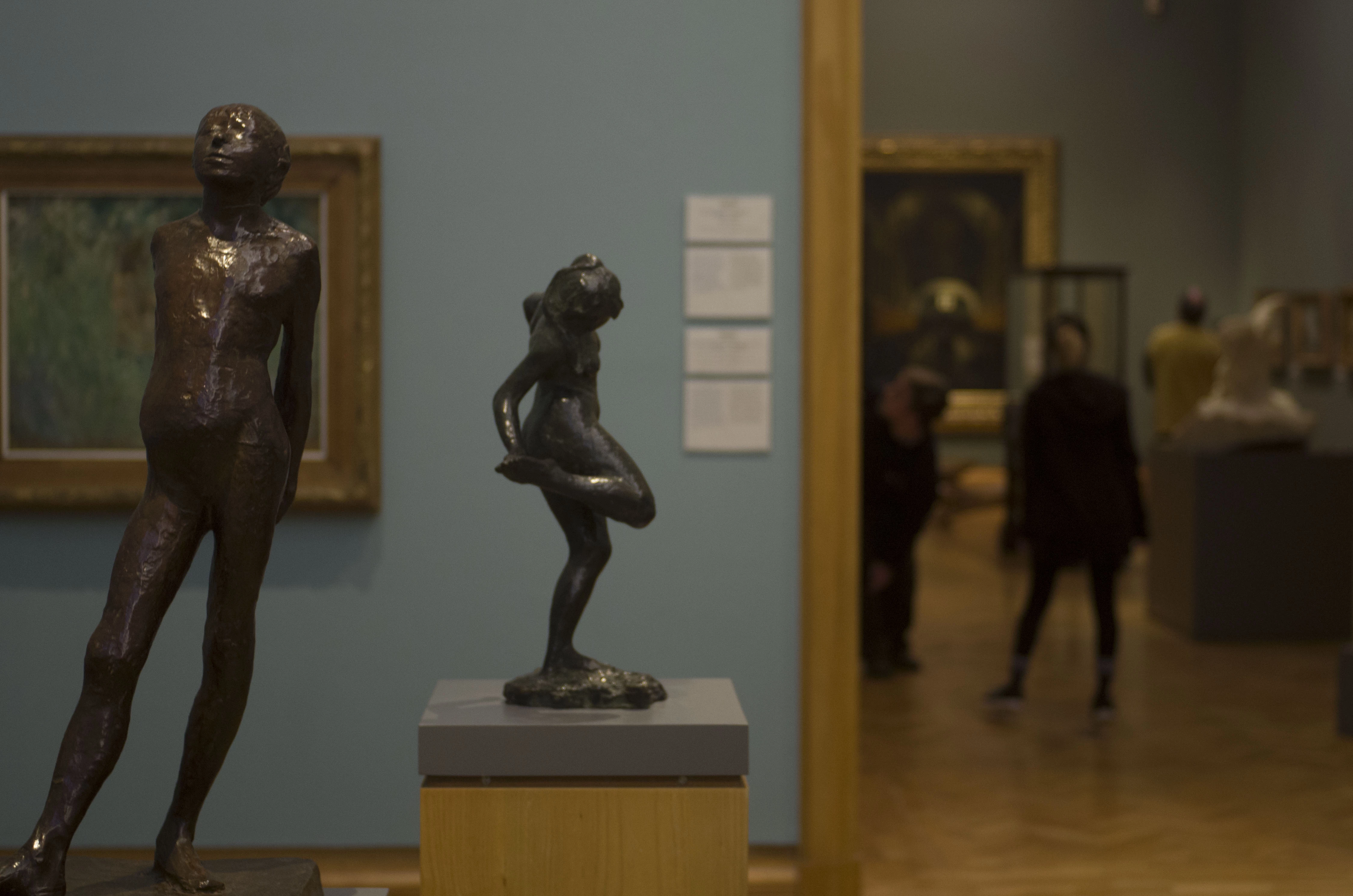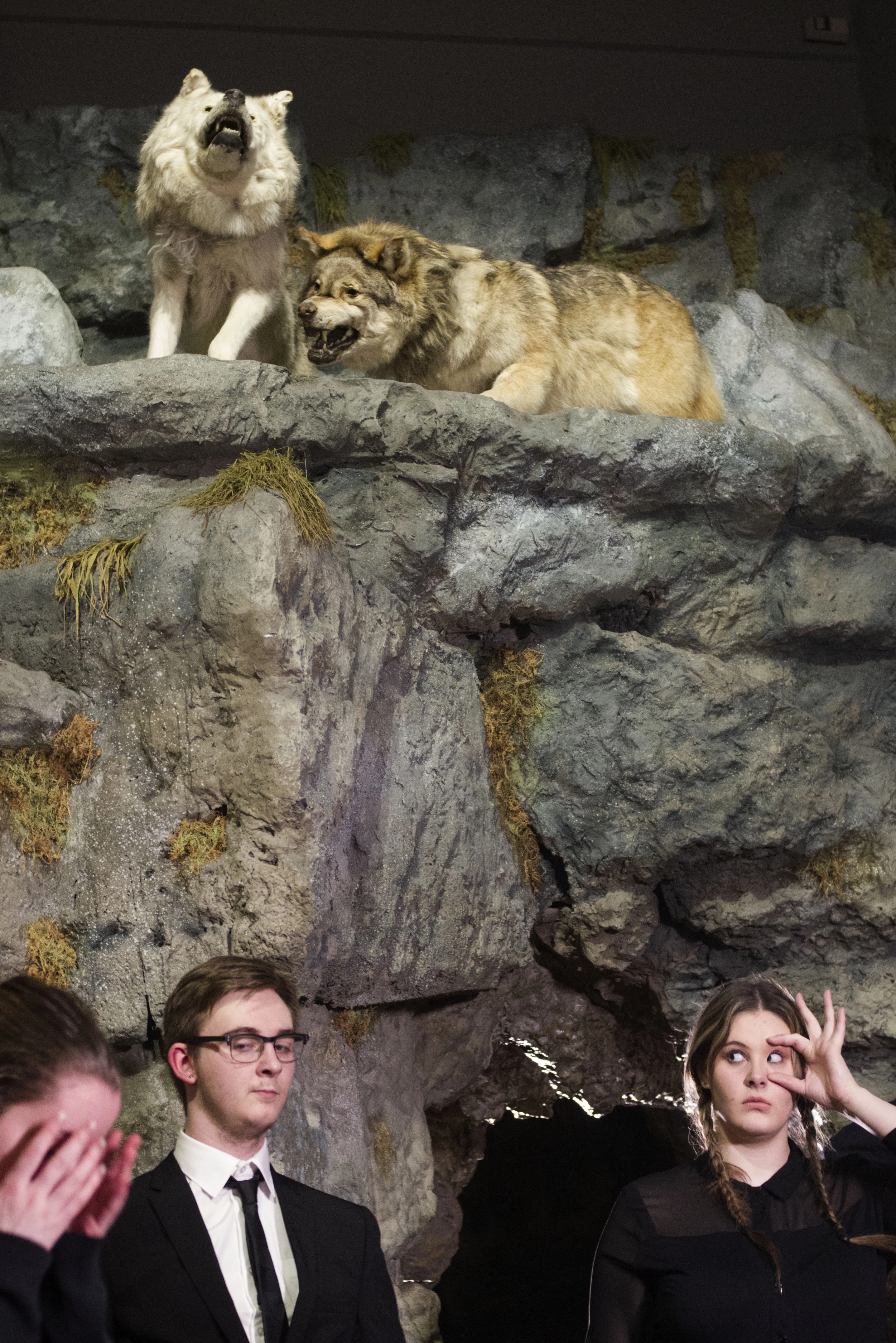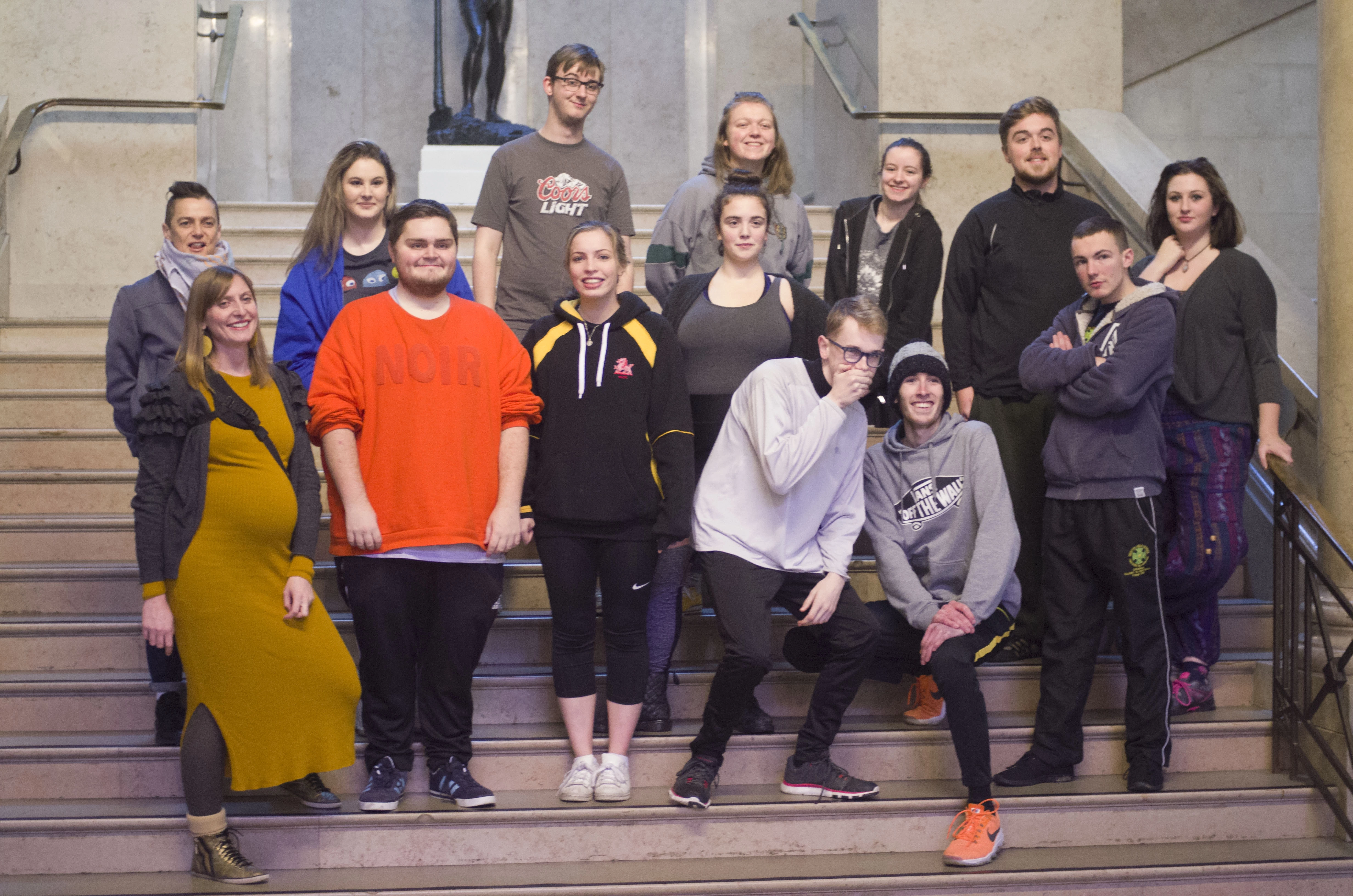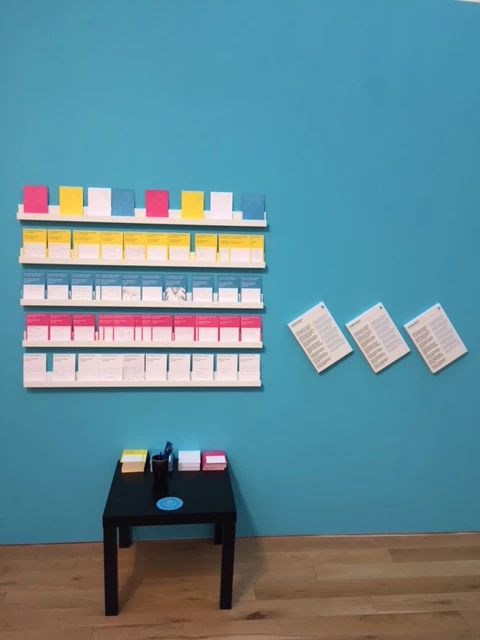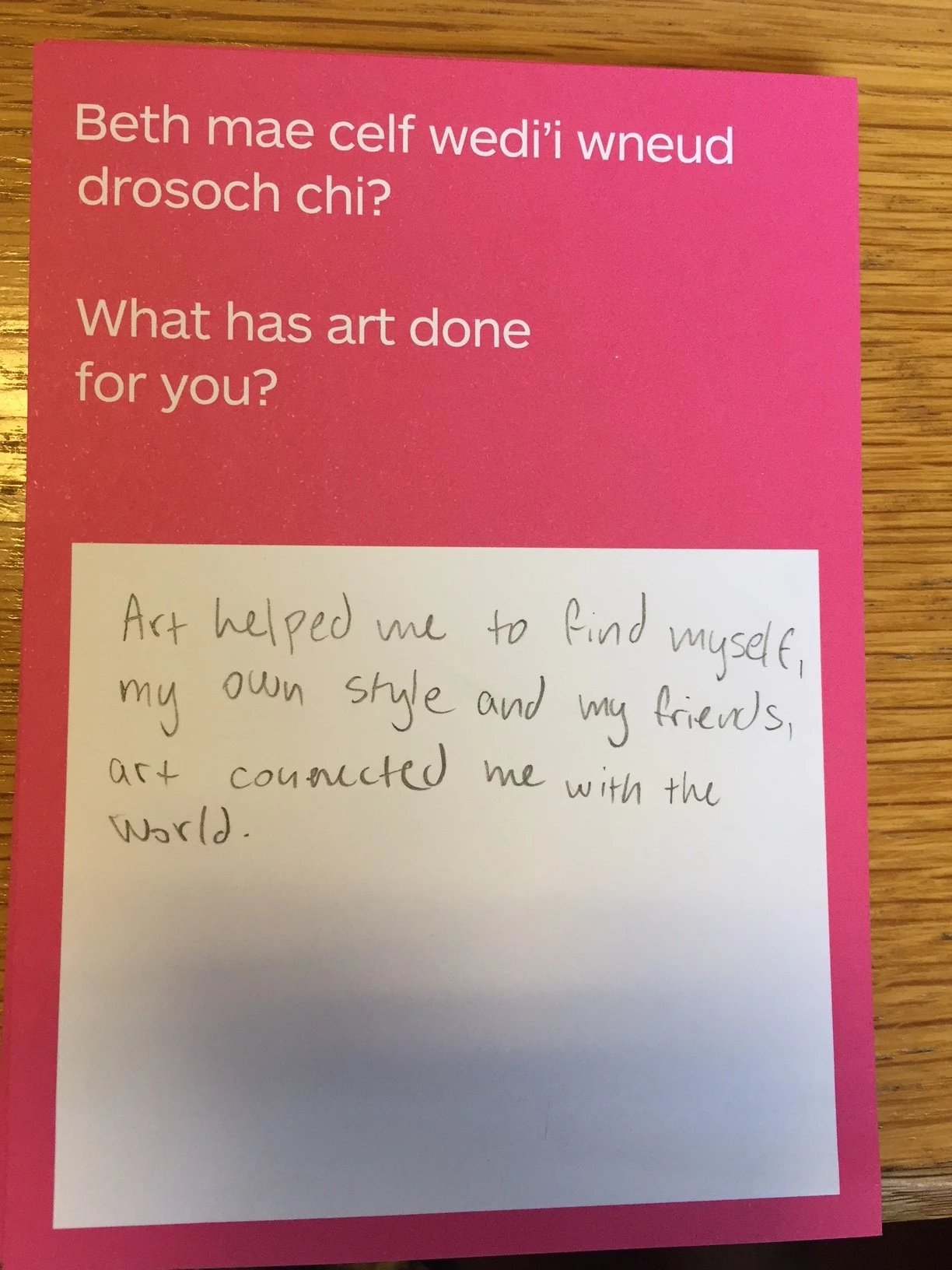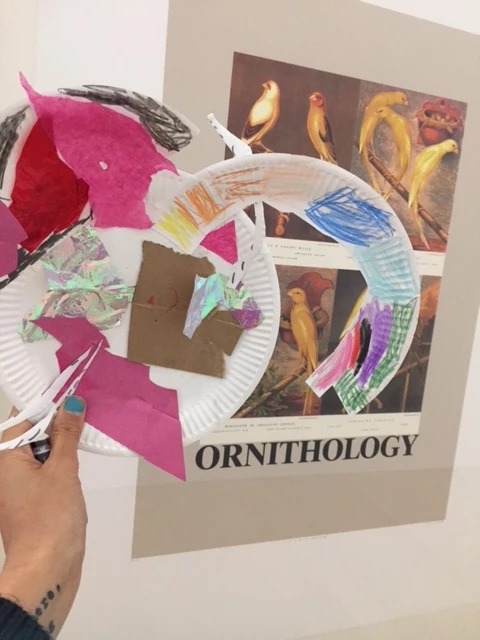Interview: Wrexham’s treasure volunteers
, 11 January 2018
Following Wrexham Museum’s recent acquisition of the Bronington Hoard, a collection of 15th century gold and silver coins and a gold and sapphire ring found by local metal detectorists, the Saving Treasures; Telling Stories Project helped fund the Buried in the Borderlands Community Archaeology Project.
The project, which goes on display in March, focuses on working with and inspiring the local community to investigate and produce creative responses to the historic objects discovered right under their noses.
David and Jill Burton are part of the Maelor heritage society set up by the museum, a group of volunteers who research and help to exhibit the Bronington findings. We caught up with them to talk about the project.
Why were you drawn to the project?
We have enjoyed the opportunity to be involved with the “Buried in the Borderlands" project as volunteers with the Wrexham Museum team. Initially it was curiosity that took us along to the community meeting in the local pub to find out about more about the hoard that had been discovered in a field not far from where we live. This was followed up with meetings at the museum and the exciting chance to examine at close quarters the coins and ring that had been discovered.
The hoard consists of 52 coins and a gold ring with a sapphire stone, all buried in approximately 1465. The hoard has been dated to a period of history we knew little about, the Wars of the Roses and we were intrigued what effect the conflict had had on our local area.
What does your voluntary work involve?
Our “homework" between meetings was the opportunity to research into settlement and ways of life in the Maelor area 550 years ago and the politics of the time. Out limited knowledge of old coins, their designs and production, was helped by attending an excellent Numismatics Day at Wrexham Museum with the chance to listen to top quality speakers from the Royal Mint and the Fitzwilliam Museum amongst others.
What’s your favourite aspect of being involved with “Buried in the Borderlands”?
We enjoyed using the information we had discovered to put together a brief for designers of the popup information boards which would accompany displays and were delighted to see the resulting ideas come to fruition.
But I think our favourite part of the project was helping museum staff take a sample of the hoard and the completed information boards “on tour”, to three venues in the area where the hoard had been discovered, a community centre, a school hall and a heritage centre. At all three places we were met with interest and enthusiasm by visitors of all ages.
We loved having the time to chat, to explain and to listen to theories on why our visitors thought the hoard had been buried. We met 387 people on these days, some were local historians, some metal detectorists, some local residents and farmers but we especially enjoyed talking to the children who loved seeing “real treasure” and had the most imaginative theories as to its origins.
What does the future hold for the project?
We look forward to the next stage in the New Year when we can help with ideas for the designs for the permanent exhibition of the Bronington Hoard in Wrexham Museum, and of course the grand opening when for the first time we will see our local hoard all displayed together for everyone to appreciate and enjoy.
Interested in getting involved? Contact Wrexham Museum directly to find out more.
